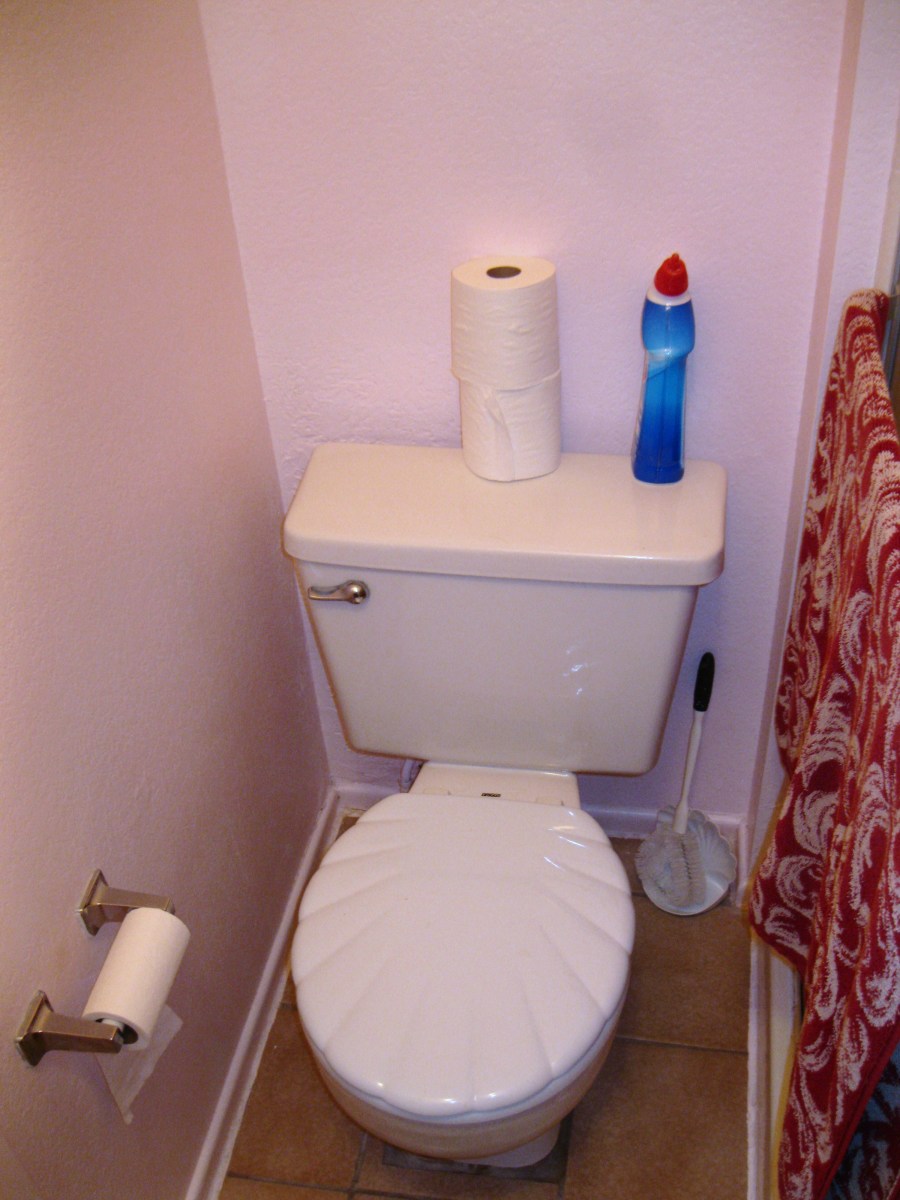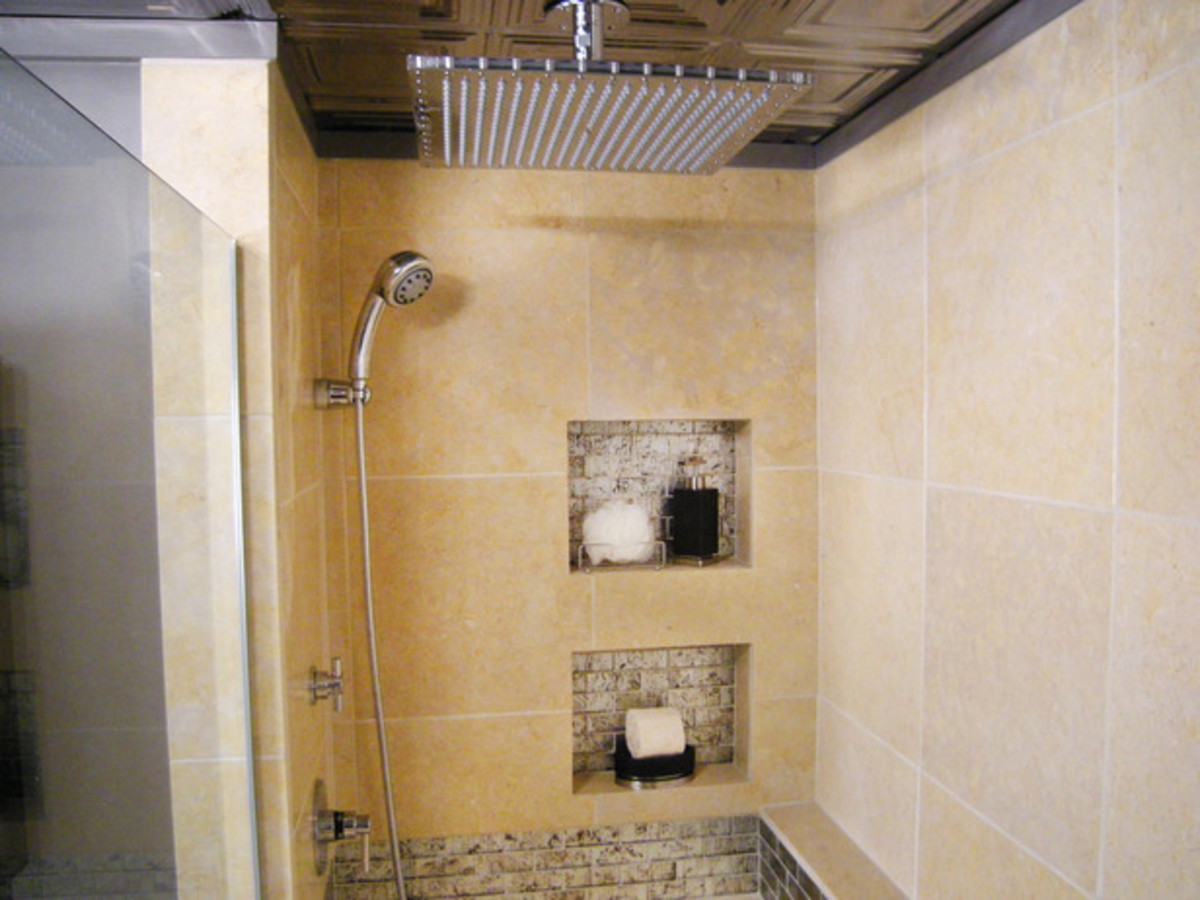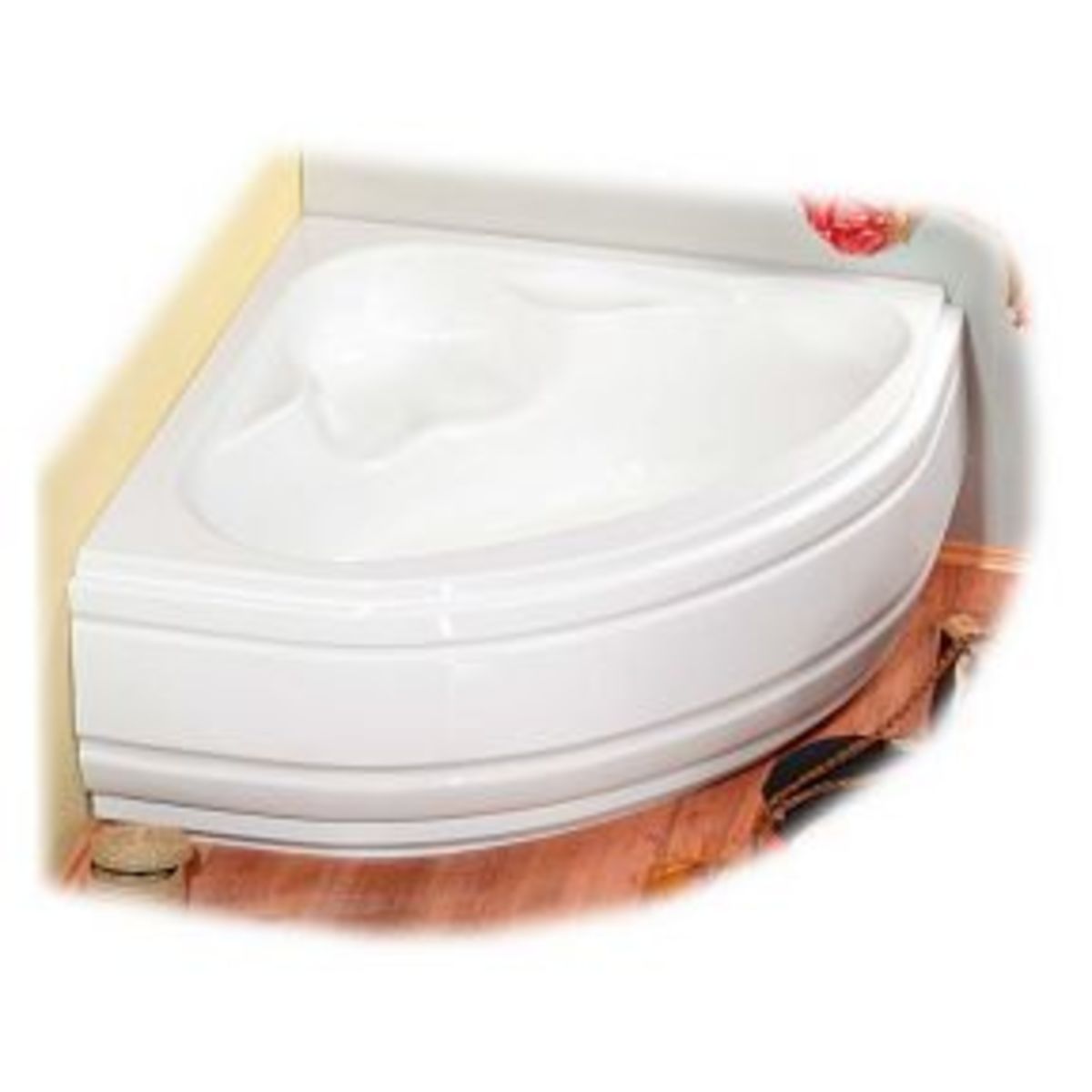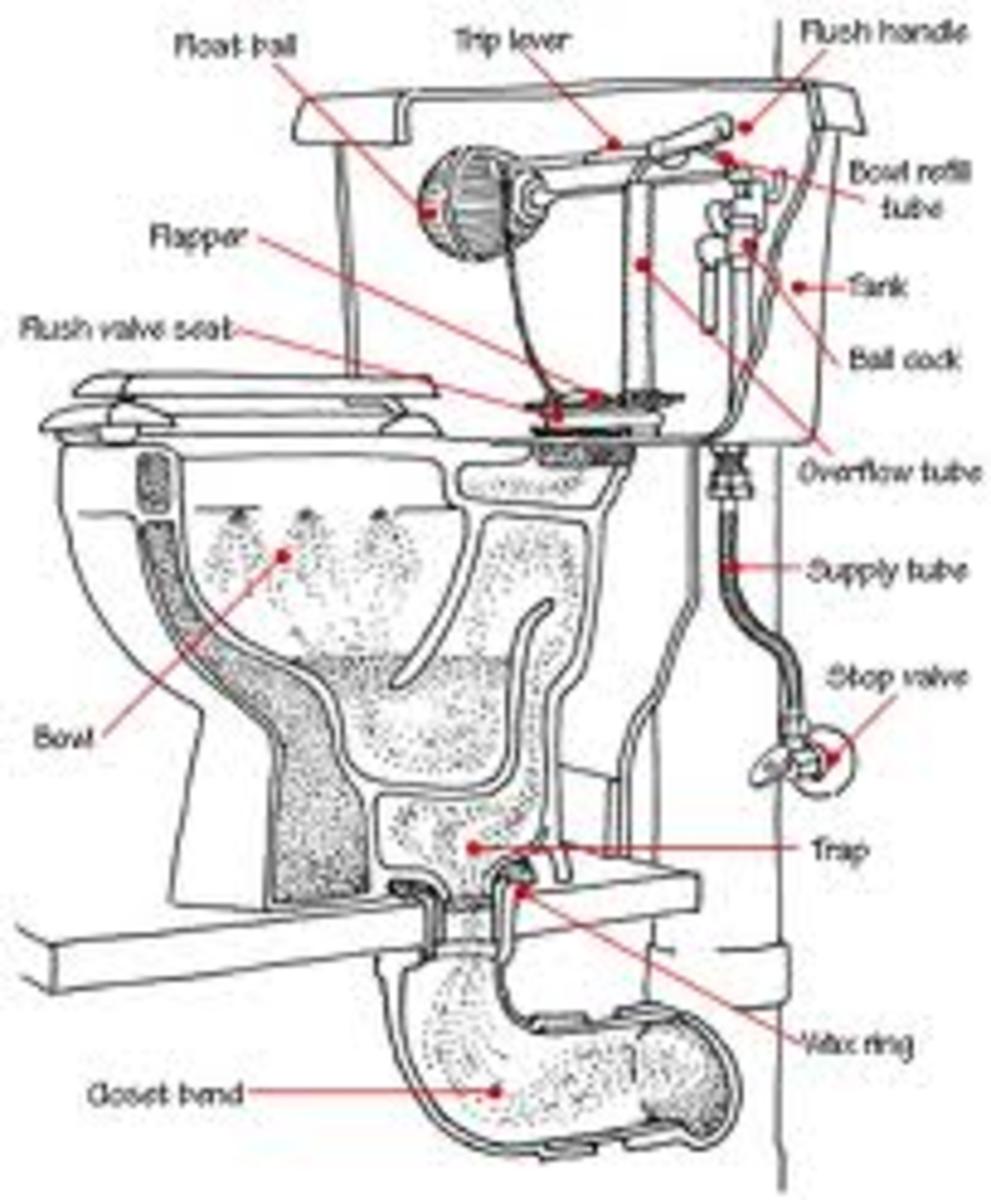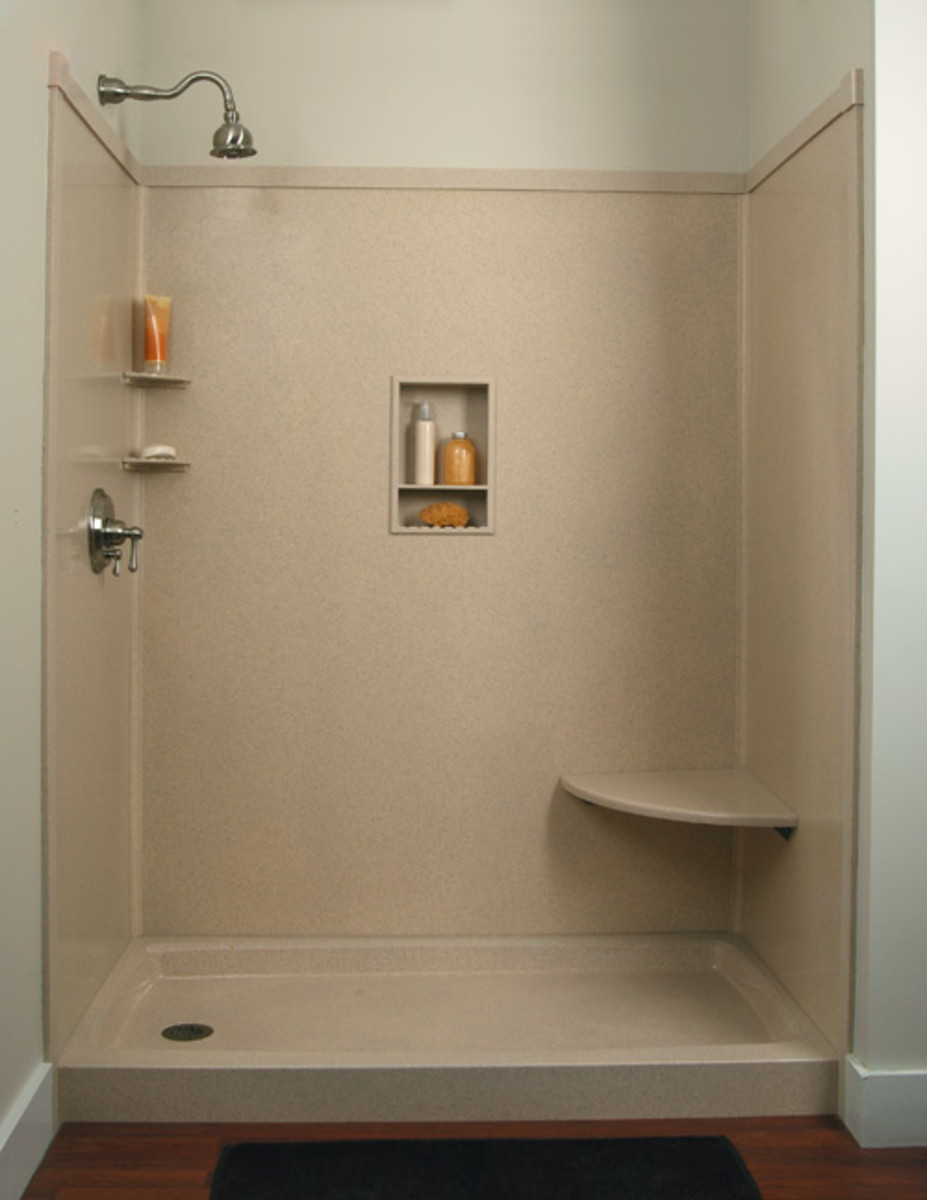How to fix loud water pipes
Have you noticed a humming, rattling or banging sound coming from your water pipes after using a faucet, toilet or appliances in your home?
The cause of the noises, which in my home’s case lasted about a minute after shutting off a faucet, was the result of the water pressure’s psi being too high, which can put a strain on pipes.
I came to this conclusion after doing a thorough investigation of our plumbing system. During my inspection, I discovered that our water pressure was too high and the pipes were not properly anchored. Loose pipes can rattle and bang together, potentially causing damage.
Adjusting the water pressure in your home and securing pipes properly are easy fixes that most homeowners can do, and can prevent very serious, and expensive, repairs.
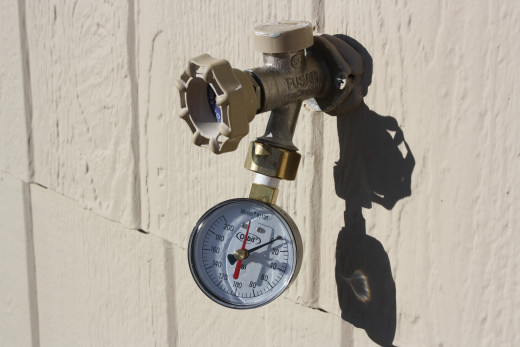
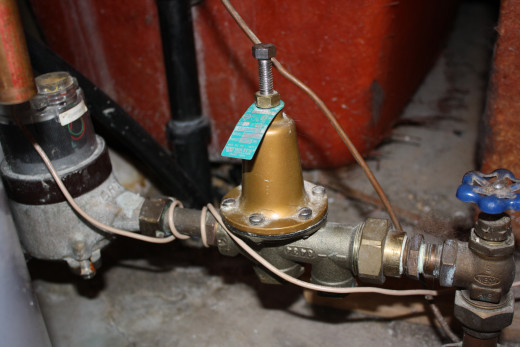
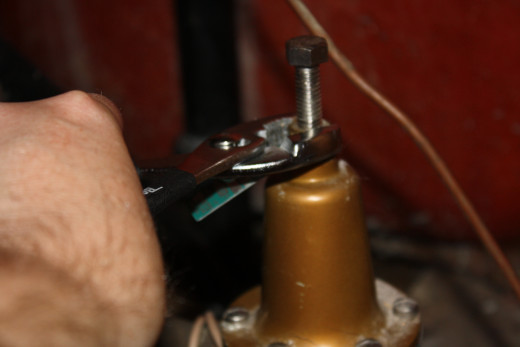
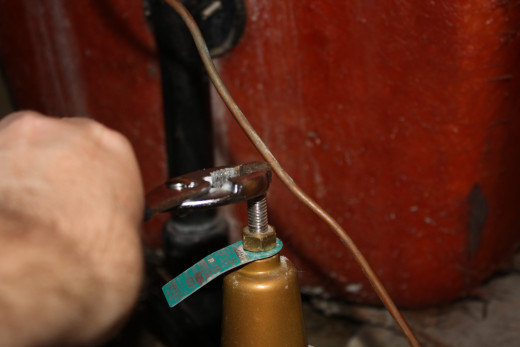
Adjusting the water pressure
The first thing you’ll need to do is locate your home’s water pressure regulator, which is an adjustable device to allow homeowners to control the water pressure throughout the whole house. The valve is usually the first fixture attached to the main water supply pipe. The typical regulator is set at 50 to 60 psi.
After locating the valve, determine your home’s current psi level. This can be done by attaching a pressure gauge to any tap. Once the gauge is secured to a tap, turn the faucet completely open and read the pressure. Most home improvement stores sell a variety of gauges. I attached the gauge to an outside faucet and our water pressure was at 65 psi, which is within a normal level but still a bit high for our home.
To adjust the pressure, the water pressure regulator has two nuts that need to be manipulated. Use a wrench to loosen the bottom lock nut. Turn the lock nut in a counterclockwise direction. Then use either a wrench or a screwdriver to turn the adjustment screw or nut on the top of the valve. Turn the screw or nut to either lower or increase the pressure. Once you reach the desired pressure, tighten the lock nut.
I dialed our pressure down to 40 psi, which could be considered low but I wanted to err on the low side. Plus, a lower water pressure will lower your utility bill because you will be using less water.
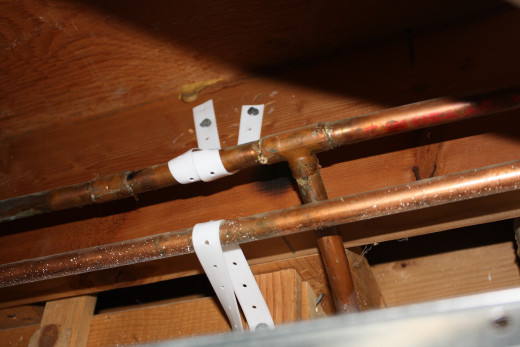
Securing loose water pipes
To secure loose pipes to prevent them from banging into each other or vibrating, homeowners can use a variety of straps. In my home, I choose to use plastic straps so I had the flexibility to attach them to floor and wall joists.
Buy a roll of plastic straps and cut them according to the required length. Use roofing nails or wood screws to anchor the strap to a joist or another solid point, wrap the strap around the pipe. Pull it tight and nail or screw the loose end into a joist or another anchor point. Tip: when putting in the nail or screw drive into the wood in an upward direction to help tighten strap. Attach other straps where needed.
After lowering my home's water pressure and properly securing the pipes, we no longer had a problem with strange noises from our pipes. However, not every home is the same and variables such as age of home and the different types of pipes will affect what fixes will need to be done.
If your pipes continue to make rattle, hum or banging sounds, consult with a licensed plumber. It is advised that major plumbing work be left to a professional.
Resources for your do-it-yourself plumbing projects
- Plumbing Repair and How-To Projects for Bathrooms and Kitchens : DIY Network
Need help with your plumbing projects? Whether it's a leaky faucet or a clogged drain, the do-it-yourself experts at DIY Network can guide you.
- HGTV - Decorating, Outdoor Rooms, Landscaping Ideas, Kitchen and Bathroom Design
Transform your home with inspiration and instruction from HGTV for your home design, decorating, landscaping and handmade craft project.


